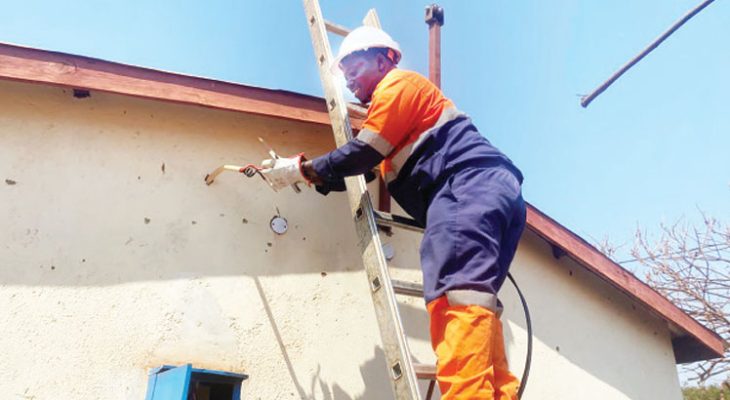
Powering Malawi’s Growth: Harnessing Energy and Stability to Fuel Business Success
Key Business Points
- Macroeconomic stability is crucial for promoting private sector participation in key sectors such as mining, agriculture, tourism, and manufacturing, which are expected to drive economic growth.
- Access to energy is critical for the success of the ATM+M strategy, with the World Bank highlighting the need for sufficient power to support operations at full scale, particularly in the mining sector.
- The Mpatamanga Hydropower Storage Project, a $350 million grant, is expected to boost production and power mining companies, with the potential to generate 1,544 gigawatt-hours of clean energy annually, and is a key step towards achieving the country’s goal of becoming a lower middle-income economy by 2030.
The World Bank has emphasized the importance of macroeconomic stability and access to energy in promoting private sector participation in key sectors that are expected to drive economic growth in Malawi. The ATM+M strategy, which includes mining, agriculture, tourism, and manufacturing, is seen as a catalyst for economic growth, but requires stability and sufficient energy supply to succeed. According to World Bank country manager Firas Raad, stability will boost private sector confidence and attract investment, while access to energy will enable operations to run at full scale. As the Chichewa business phrase "Kubwera kwa njanji" (fulfilling promises) suggests, the government’s commitment to providing a stable business environment is crucial for attracting investors.
The mining sector, in particular, is expected to benefit from the Mpatamanga Hydropower Storage Project, which is expected to generate 1,544 gigawatt-hours of clean energy annually. The project, which is the country’s largest energy investment to date, is seen as a key step towards addressing the country’s energy deficit, which has been a major challenge for businesses and industries. The Chamber of Mines and Energy has welcomed the development, with national coordinator Grain Malunga emphasizing the need for more efforts to boost energy supply for industrialization. As Malunga noted, "Energy access is fundamental to reducing poverty, fostering economic growth, and attracting private investment."
The mining sector’s contribution to the economy has been relatively low, hovering around one percent, but is expected to increase with the implementation of the ATM+M strategy. In 2010, the sector’s contribution to the economy peaked at 10 percent when the Kayelekera Mine was in full operation. The Ministry of Energy has projected that electricity generation capacity will reach 1,620MW by 2030, which is still below the 5,000MW target required to turn Malawi into a lower middle-income economy by 2030. As Minister of Energy Ibrahim Matola noted, "The ATM+M strategy requires enough energy supply for it to bear fruits." With the Mpatamanga Hydropower Storage Project expected to come online in 2031, the government is hopeful that the energy deficit will be addressed, and the mining sector will be able to operate at full capacity, contributing to economic growth and development. As the Chichewa business phrase "Kufikira pambali" (thinking ahead) suggests, businesses and investors should be looking to the future and considering the opportunities presented by the ATM+M strategy and the Mpatamanga Hydropower Storage Project.
What are your thoughts on this business development? Share your insights and remember to follow us on Facebook and Twitter for the latest Malawi business news and opportunities. Visit us daily for comprehensive coverage of Malawi’s business landscape.
- Sweet Spot Under Threat: Illovo Sugar’s 25% Production Slump Rings Alarm Bells for Malawi’s Economy - December 17, 2025
- Revolutionizing Risk Management: UGI and Old Mutual’s Groundbreaking Insurance Solutions for Malawi’s Business Leaders - December 17, 2025
- Revitalizing Malawi’s Coffee Sector: A Catalyst for Economic Growth - December 16, 2025
